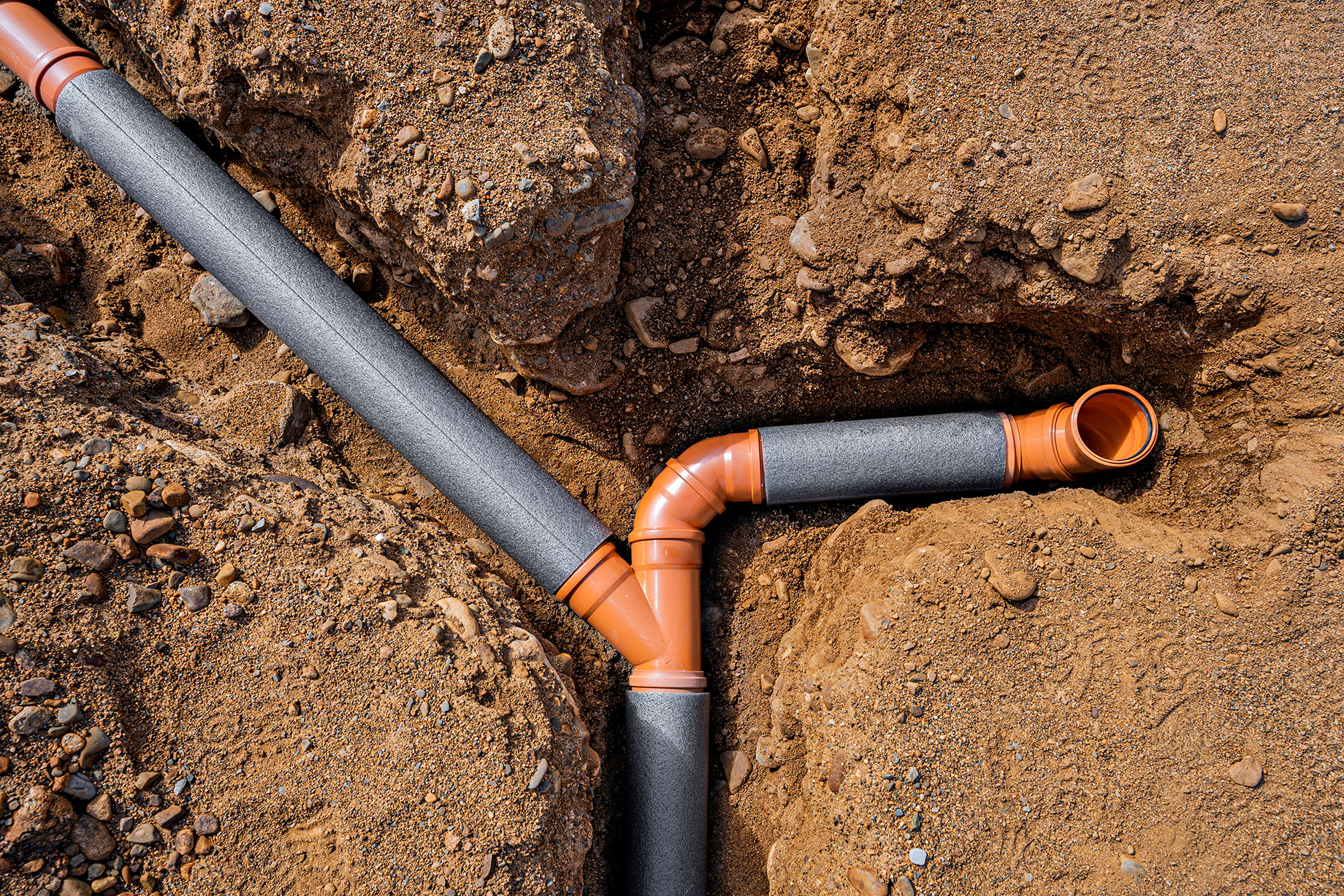
When dealing with cracked or blocked drains, many homeowners and property managers turn to modern trenchless repair solutions. One of the most effective options is pipe relining—a method that restores damaged pipes from the inside without the need for excavation. But before committing, it’s natural to ask: what affects the pipe relining cost? Several factors influence the final price, and understanding them can help you budget wisely while choosing the right solution for your property.
How Pipe Relining Works
Pipe relining involves inserting a resin-saturated liner into the damaged pipe, which is then hardened to form a tough, seamless new pipe inside the old one. This method is quicker, less disruptive, and often more cost-effective than traditional pipe replacement. However, the cost of relining varies depending on your property’s unique situation.
Key Factors That Influence Pipe Relining Cost
1. Pipe Size and Length
The larger the diameter and the longer the section of pipe that needs relining, the more materials and labor are required. Naturally, this increases the overall cost. For example, relining a short household pipe will be less expensive than a long commercial drain.
2. Pipe Condition
If the existing pipe is heavily blocked, cracked, or filled with tree roots, additional preparation work is needed before relining can begin. High-pressure jet cleaning or root cutting may be required, which adds to the cost.
3. Accessibility
Pipes located under driveways, landscaping, or inside buildings can be harder to access. While relining avoids major digging, limited access points or complex layouts may increase labor time and overall expenses.
4. Pipe Material
Different pipe materials, such as clay, PVC, or cast iron, can impact the difficulty of the job. Some require more preparation or specialized techniques, which can influence the final price.
5. Technology and Method Used
Some plumbers use advanced UV curing technology, while others use hot water or steam curing. The chosen method can affect both the efficiency and cost of the relining process.
6. Property Type
Residential and commercial properties often have different requirements. Commercial systems may involve larger or more complex networks of pipes, leading to higher relining costs.
Average Pipe Relining Cost
While costs vary, most homeowners can expect pipe relining to start from a few hundred dollars per metre, with larger and more complex jobs running into the thousands. Though the upfront price may seem significant, it’s often more affordable than full pipe replacement, especially when factoring in savings from avoiding excavation and property restoration.
Why Pipe Relining Is a Smart Investment
Although pipe relining may feel like a big expense, it provides long-term benefits that outweigh the cost:
- Durability – Relined pipes can last 20+ years.
- Less Disruption – No need to dig up landscaping, driveways, or flooring.
- Cost Savings – Avoid expensive restoration costs after traditional repairs.
- Efficiency – Most relining jobs are completed in a single day.
When comparing costs, it’s important to consider not just the upfront expense but also the long-term savings and convenience.